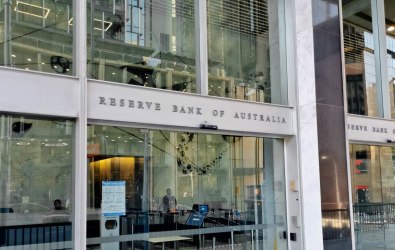Traditional risk models fail when most needed because they rely too much on mathematical averages.
To overcome this problem, investors needed to look at how human behaviour affected the distribution of risks through the financial system, according to the developer of a new risk measuring system.
"The value at risk (VAR) is the stalwart of risk measurement systems. It has been used by Basel I, II and III. It is used by all financial regulators globally and it is used by all fund managers globally and there is a problem with it: it doesn't work, or at least it has a tendency to fail when you most need it," Bullman said.
Bullman argued the system gave investors a false sense of security and lured them into taking on much more risk than commonsense would dictate.
"If you use this system you would not have expected the drawdowns that you received and those drawdowns tended to occur more frequently and would be much larger than you predicted. That is why value at risk doesn't work," he said.
He argued the VAR model did not take into account human responses to risk. In bull markets, investors become more confident and their expectation of continued returns increases. Often risk increases as well at this time, although investors perception of risk decreases.
When risk does increase, it has the tendency to spark other risks as well.
"Risk clusters. Risk creates more risk, it doesn't necessarily relieve risk. It exposes chains of risk," Bullman said.
Bullman has created a model that looks at how risk clusters, the rate at which it changes and how it affects correlations between different sectors in the financial system.
CheckRisk provides its clients with weekly reports on the development of a wide range of risk monitors.
"We try to measure short-term rates of change to see which parts of the system are vulnerable and then which parts of the system they are infecting," Bullman said.
But clients should not expect to receive investment advice.
"When you are measuring risk you are not actually saying is the market going to go up this week or is it going down? That is not what we do," Bullman said.
"What we do is assessing whether you get paid to take risk or getting paid to sell risk.
"Essentially, what we are doing is providing clients a window on risk-adjusted return calculations."
The service was launched in April and Bullman has been visiting prospective clients in Australia this month to scope interest.
He said the service should be seen as an addition to existing risk models, including the VAR model.
"We are not going out to change the VAR model; people are hooked into it, they use it," he said.
"What we are trying to do is provide risk information that is valuable to boards, chief risk officers and chief investment officers and that allows them to make sensible risk-adjusted return calculations.
"It allows a different perspective on risk and brings it into the present, because we use rate-of-change analysis."





